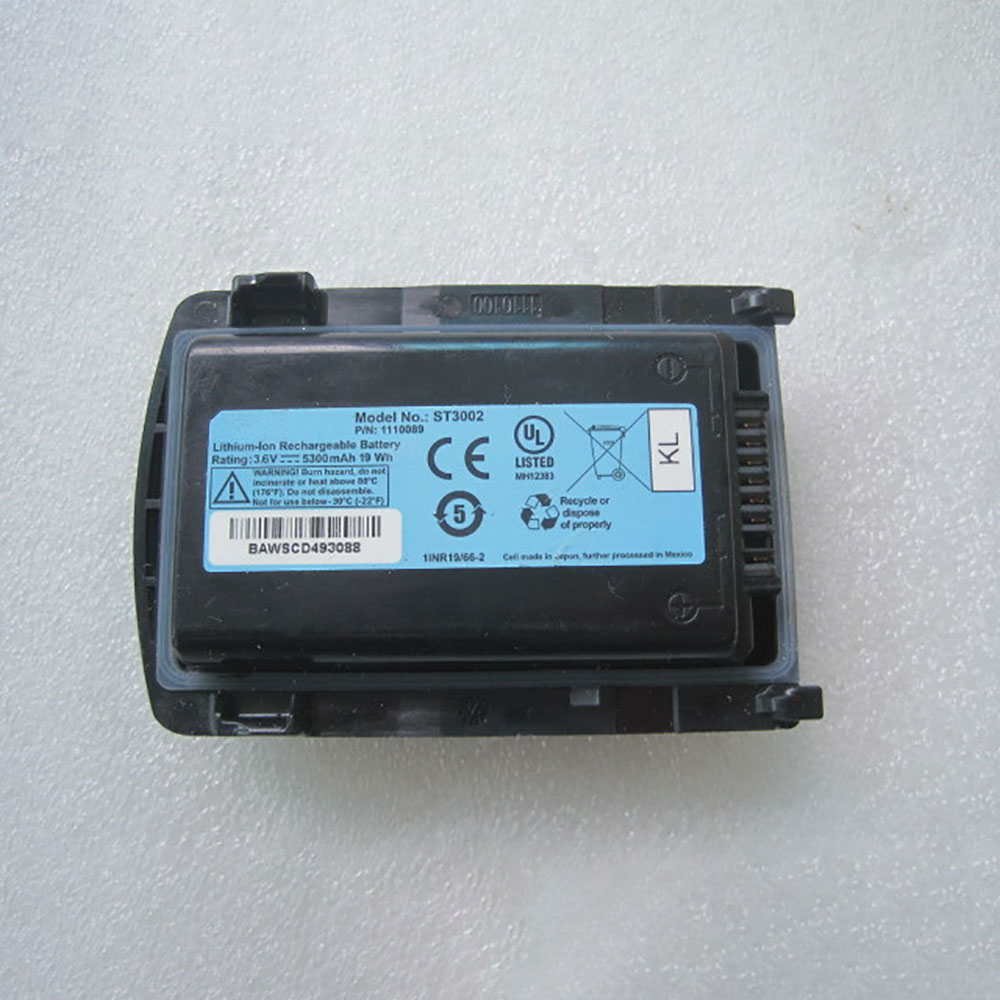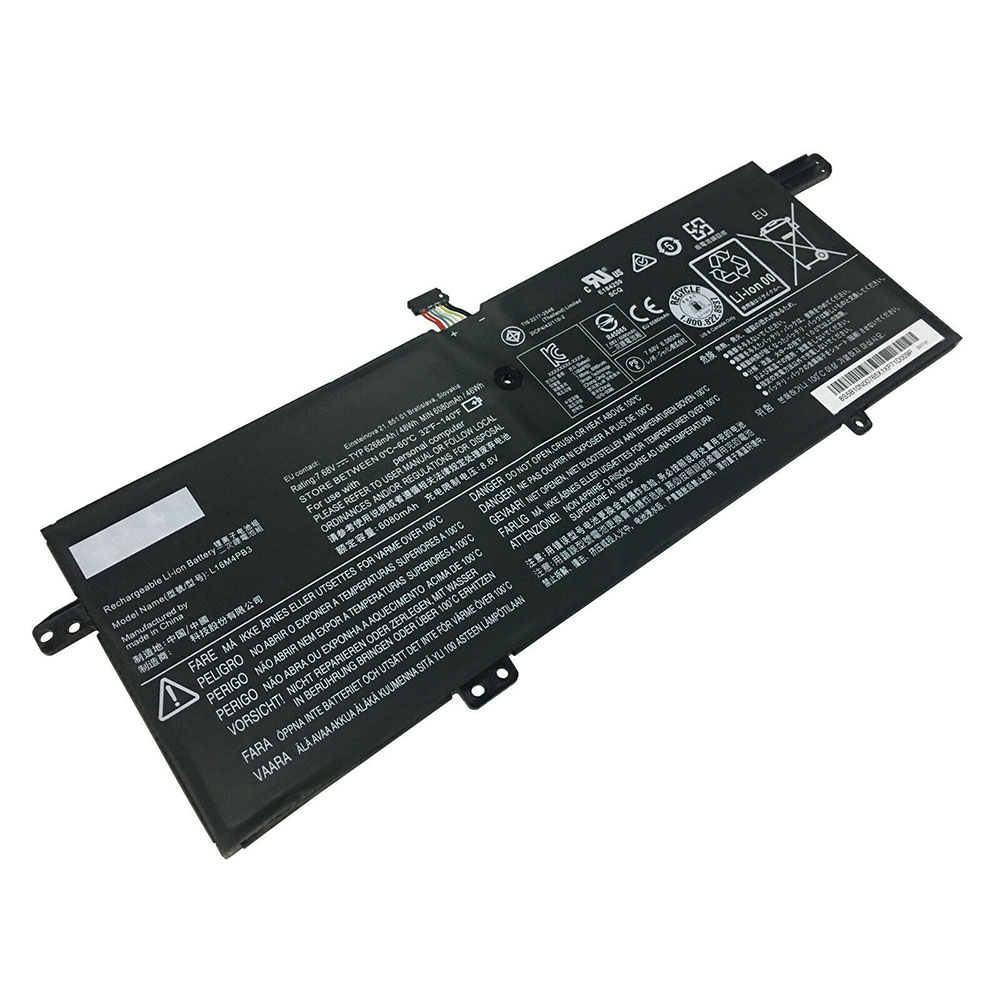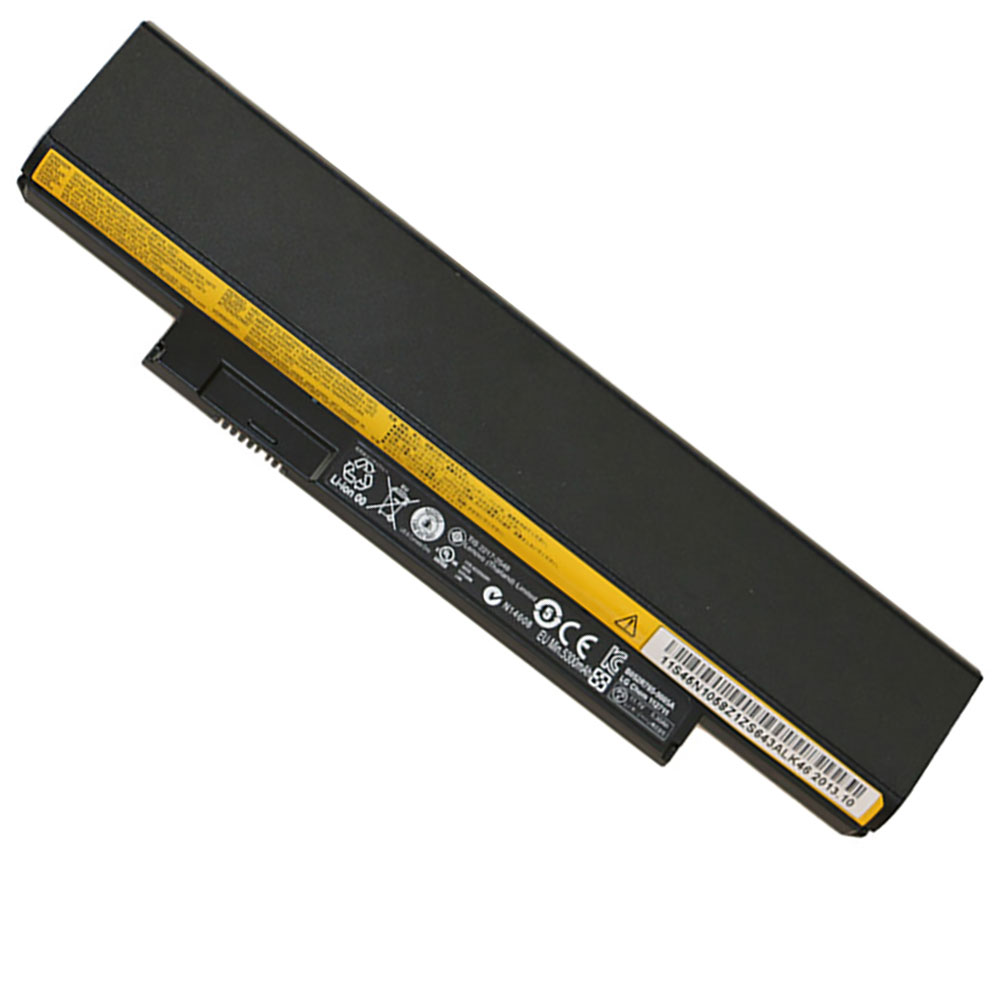How did Apple fare over the course of 2019? That’s what we’re aiming to discern in this piece, taking a look at the big launches for the company this year, and the positive advances, as well as the niggles and missteps, or even downright fails.
There was certainly a flurry of action at the close of 2019 in terms of new Mac products, as you probably noticed. But did these really hit the mark? In short, we think so, but read on for the much longer and more in-depth answer.
Note that we are primarily focusing on the computing side of Apple in this article – by which we mean Macs in the main – but we will also touch upon how the company performed elsewhere, such as in the mobile arena.
Super-sized MacBook
Apple brought in some rather pedestrian refreshes for its MacBook Air and MacBook Pro laptops in the middle of the year, which were a definite disappointment to some. That said, Apple took much more decisive action in other respects, saving the best for last with a larger MacBook Pro 16-inch going on sale in November – which replaced the 15-inch notebooks, plus the MacBook 12-inch was killed off.
So in 2019 Apple essentially reshaped its laptop line-up to consist of the MacBook Air, along with the MacBook Pro 13-inch and 16-inch, and a year which was otherwise trundling along pretty quietly ended with a bang.
The headline news with the super-sized 16-inch laptop is that we feel it’s quite simply the best MacBook Pro ever made. The larger display is nothing less than stunning, and battery life is fantastic, which is a particularly laudable achievement given the performance packed into this machine. Plus Apple has addressed pain points like the keyboard, removing the much-complained-about Butterfly switches and replacing them with Scissor switches – the result of which is the best keyboard experience we’ve ever had with a MacBook Pro.
Unsurprisingly, the 16-inch notebook remains expensive, but at least the entry-level variant isn’t any dearer than the previous 15-inch model.
All in all, then, the MacBook Pro 16-inch was a definite triumph for Apple this year; a fresh jewel in the Mac laptop crown. But that said, MacBook gremlins remained crawling around in the works during 2019, including flaws pertaining to the new bigger model…
MacBook gremlins
With the introduction of new MacBook models seemingly comes the inevitable complaints around various issues with these laptops, and 2019 was no exception in this respect.
The MacBook Pro 16-inch might be a tasty piece of kit, but it can reportedly suffer from troublesome flaws, namely ghosting with the display, and speakers making nasty popping noises; for some owners, anyway. At least the latter problem has a software fix incoming, by all accounts.
There were also issues with some MacBook Pro 13-inch 2019 models unexpectedly shutting themselves down. Apple admitted these problems existed, and fortunately provided a fix which we detailed here.
A further headache for Apple was a flight ban on some (older) MacBook Pro laptops which was instigated by airlines in the US and across the globe. This was after some MacBook Pro 15-inch models were deemed a fire risk by the Federal Aviation Administration in the US. If you somehow missed this, and are interested to learn more, here’s everything you need to know about the MacBook Pro flight ban.
Sales story
So how were Apple’s machinations with MacBooks reflected in the firm’s actual sales figures? Well, 2019 was a somewhat up and down story in terms of the flow of revenue, with the last available quarter’s figures from IDC (Q3 – at the time of writing) showing that Apple dipped 6% with its Mac sales (supply issues of some manner were apparently part of this, according to the analyst firm).
The previous quarter, however, witnessed growth of almost 10%, which was second only to top-dog PC manufacturer Lenovo. But then again, Apple’s own fiscal Q2 figures (reported in April) observed a minor dip in Mac sales, with problems around Intel processor supplies highlighted as not helping (likely the same inventory issues referred to by IDC above – and this is potentially another reason for Apple to turn to ARM chips instead, which has long been rumored to be happening for Macs in 2020).
Overall, then, things weren’t great, but hardly disastrous either – although now that Apple no longer officially reports unit sales of Macs, these are all analyst estimates anyway, so must be taken with a degree of caution.
Further note that the Q3 figures only run up to the end of September, of course, so don’t include the impact of Apple’s new MacBook Pro 16-inch (which only went on sale mid-November).
MacBook sales may have only been so-so from what we can glean, then, but what about the iPhone? According to the most recent figures from Gartner (for Q3), Apple witnessed a considerable decline in sales of 12% in the smartphone market. IDC, on the other hand, pegged Apple as dipping a much less worrying 0.6%. China is a concern for Apple, though, with Huawei hugely increasing its dominance; and it’s a big market where Tim Cook’s firm can ill afford to lose its footing.
Apple did, however, reportedly get more iPhone 11 orders than anticipated upon launch, and increased orders for handsets as a result. Furthermore, profits (rather than revenue) remain particularly strong and way ahead of other manufacturers, according to another recent report, thanks to loyal customers in the US, Europe and Japan.
Mac Pro plus
Right at the close of the year in December, Apple pushed out its all-new Mac Pro. It’s an incredibly powerful PC, and very smartly designed in terms of allowing for modular upgrades and being highly repair-friendly (no matter what you might think about the machine’s looks).
And when we say powerful, we mean really powerful: The Mac Pro 2019 can be specified with up to a 28-core Intel Xeon processor, an 8TB SSD, and 1.5TB of ECC system memory (yes, 1,500GB of RAM).
Many of the headlines revolved around how ridiculously expensive the Mac Pro is, and indeed if you want the highest spec, you will be paying well north of $50,000. So yes, it’s eye-wateringly expensive, but this is a machine targeted at professionals, not consumers, and we have to bear that firmly in mind.
As a workstation offering the kind of performance the higher-spec Mac Pros are capable of, it’s competitively priced – everything is relative, although that said charging $400 for wheels on the machine does seem rather inexcusable.
Still, for the likes of pro videographers who need heavyweight computing power, this is an excellent machine, and it comes with a matching seriously pricey Pro Display XDR which is equally premium (featuring a 32-inch Retina 6K display).
Despite the expense, and some of the much-highlighted pricing quirks, the Mac Pro 2019 is a definite win for Apple when it comes to the professional target audience. For those who really need the power, it’s a top-notch product which seriously future-proofs itself in terms of repairs and upgradability (and with something this pricey, the benefit of that cannot be underestimated, either).
Catalina capers
Having covered the main moves on the hardware front throughout 2019, what about software? Apple pushed out its yearly update for macOS in the guise of Catalina, which was, on balance, a solid operating system release which certainly added some useful new features.
These included Sidecar which allows you to extend the Mac’s display to your iPad, basically giving you a secondary display for nothing (assuming you already own an iPad, that is), and voice control which facilitates issuing verbal commands to your Mac.
Also, iTunes has been ditched, replaced with Apple Music, Podcasts, Books and TV, powerful and polished apps which offer a lot more on the whole. Particularly with the introduction of Apple TV, which gives macOS users access to the new subscription offering Apple TV+.
Of course, the premium TV+ service was another major release for Apple in 2019, but got off to a slightly wobbly start at least in terms of the launch content being rather sparse in a highly competitive field (but that’s likely to change in the future, to be fair). Whatever the case, these new media apps are definitely a welcome addition to Catalina.
There wasn’t much to dislike with the latest release, aside from a few bugs, and probably the biggest sticking point for upgrading macOS users is that Catalina no longer supports 32-bit applications. That’s not really a problem for most software, but a minority who use some legacy apps which haven’t transitioned to 64-bit did feel some pain.
Overall, there was nothing massively exciting in Catalina, but it represents a decent step forward, and equally there was nothing to really get hung up on.
Siri slipup
Apple did stumble with a privacy blunder in 2019 when it came to its AI assistant (which now resides on Macs as well as mobiles, of course, and has done since 2016). In August, it emerged that third-party contractors were listening to Siri conversations – albeit anonymized recordings – in an effort to improve and better train the digital assistant.
The problem being that these were folks outside of Apple, and while the data might have been anonymized, apparently some very sensitive situations were involved (such as sexual activity, or indeed criminal dealings), plus it was reportedly relatively easy to discover who the recordings might belong to.
In fairness, Apple apologized over the affair and has made it clear that this practice has ended, and third-party contractors will no longer participate in evaluating and improving the accuracy of Siri. Furthermore, more broadly, audio recordings won’t be used any longer, but rather anonymized, computer-generated transcripts – and only for users who have consented to sample analysis (by an Apple employee).
Finally, don’t think Apple was alone in this practice, either: Microsoft also has employees and contractors listening to Cortana interactions and indeed Skype conversations (and still does, going by Microsoft’s current privacy policy).
Concluding thoughts
2019 was a pretty positive and productive year for Apple, with some enticing new product launches – although we had to wait until the end of the year before we saw the really good stuff.
By which we mean the MacBook Pro 16-inch which came amid a rejigging of Apple’s entire laptop range, and gave us what we consider to be the best MacBook Pro ever produced, no less.
And let’s not forget the Mac Pro which also represented a major victory for Apple; it was a long time in the works, but worth waiting for. While a lot of what was written about this pro-targeted computer focused on exorbitant pricing – and elements like those stupidly pricey wheels hardly helped – this PC actually represents a very competitive workstation proposition compared to rivals. And it has been greeted with some impressively positive feedback thus far from its target audience (professional creative types).
MacBook sales, on the other hand, weren’t all they could be, although not exactly a cause for concern – and the figures we’ve highlighted here don’t include the impact from the recently launched MacBook Pro 16-inch.
Perhaps more worrying was some of the gremlins pertaining to the new MacBook Pro models, and that airline flight ban. And we saw a few macOS security scares this year, as ever, but nothing major – and certainly nothing as damaging as some past Apple security hiccups, although the Siri privacy incident was a distinct blot on Apple’s 2019.
On balance, we have to conclude that 2019 was a good year for Apple, witnessing some further interesting moves with services like the introduction of Apple TV+, which holds promise (even if it does suffer from a somewhat lackluster initial line-up).
Apple needs to capitalize on this Mac momentum going into 2020 – where we might see even bigger changes, such as the possibility of ARM-based machines we’ve previously touched on – and keep pushing with those services like Apple TV and Music (the latter exceeded 60 million subscribers in June of this year), not forgetting Apple Arcade.
Throw in some more genuine innovation – maybe we’ll even see those AR glasses, finally, or perhaps some form of AR headset – and the future Apple could be looking rosy indeed.




